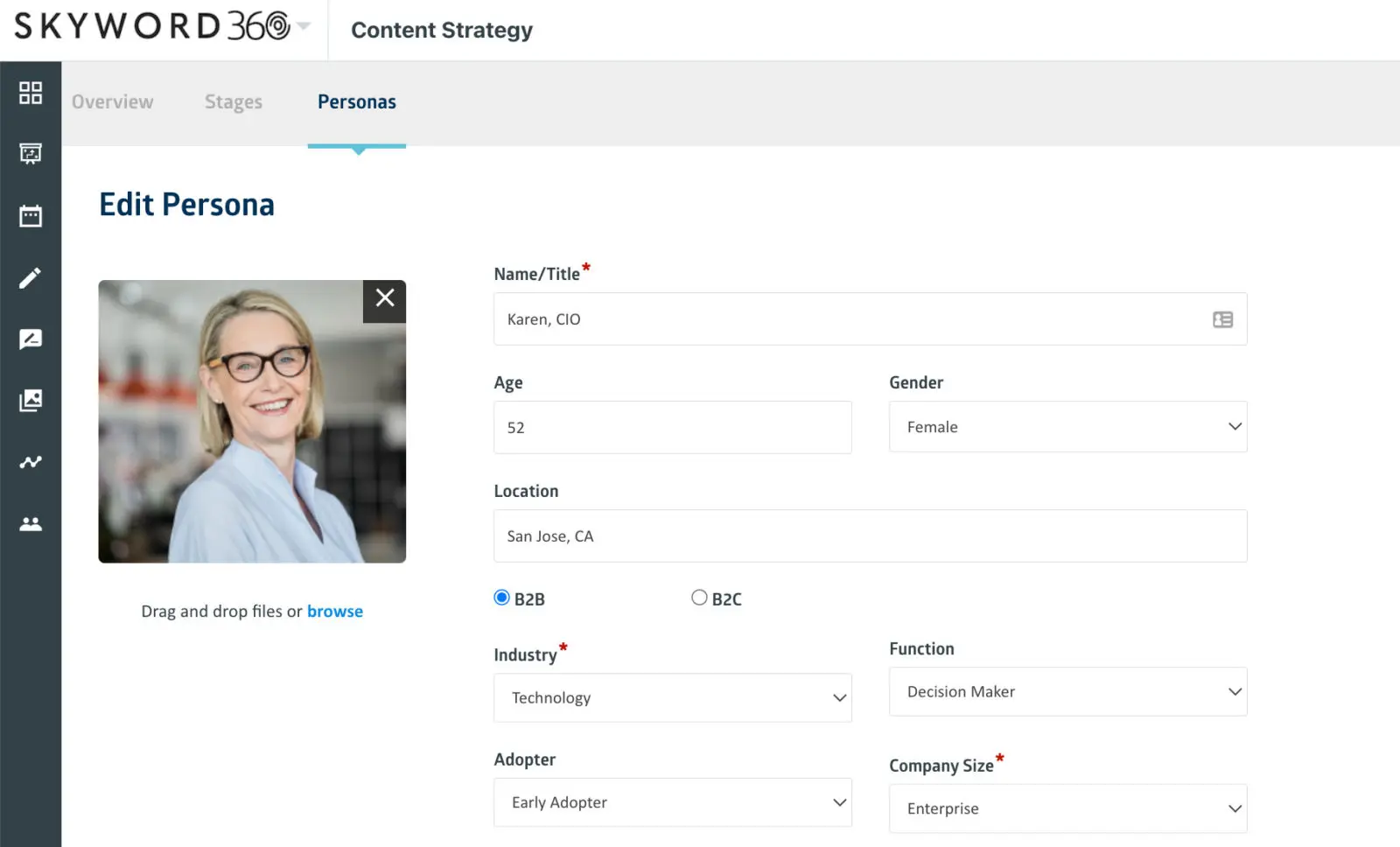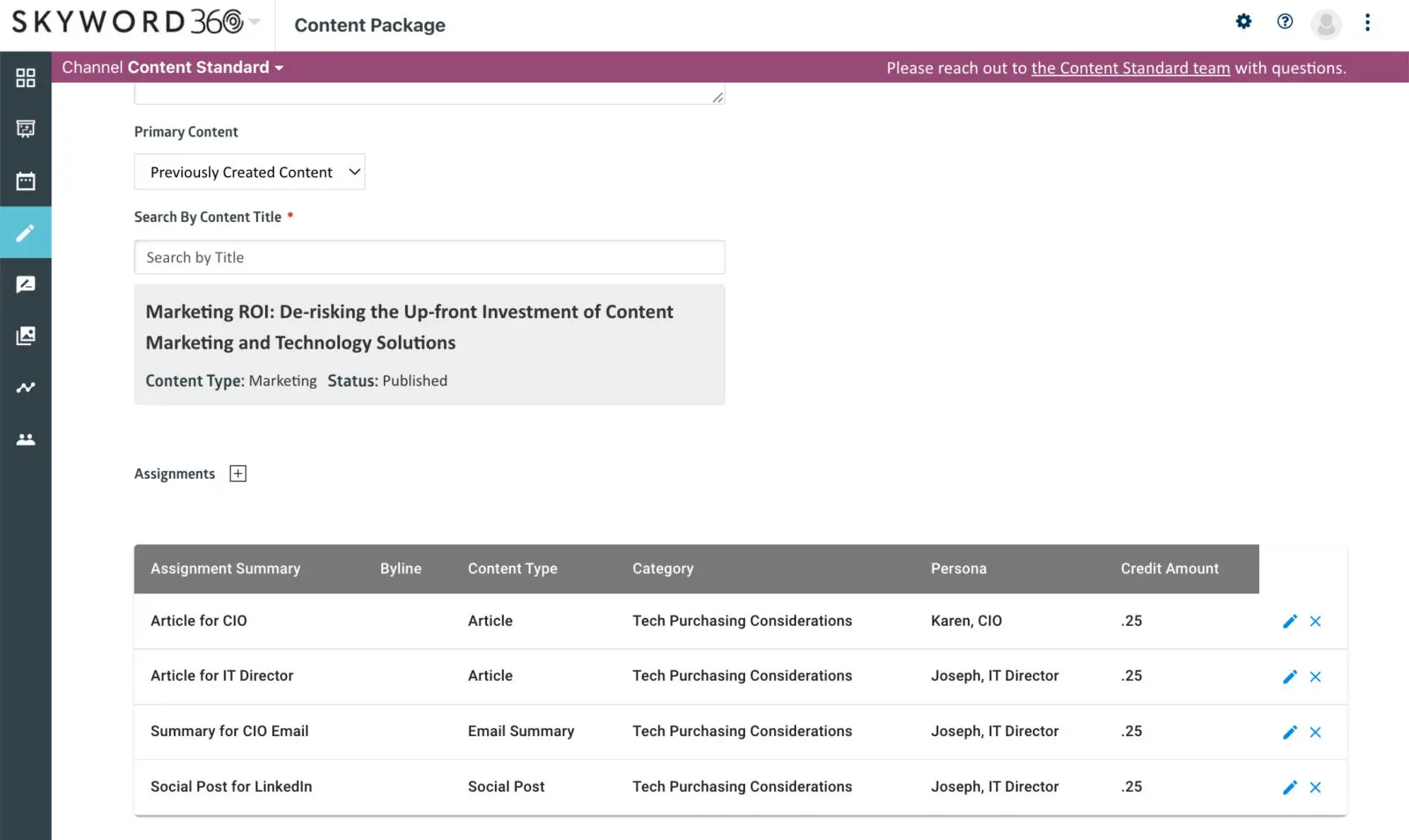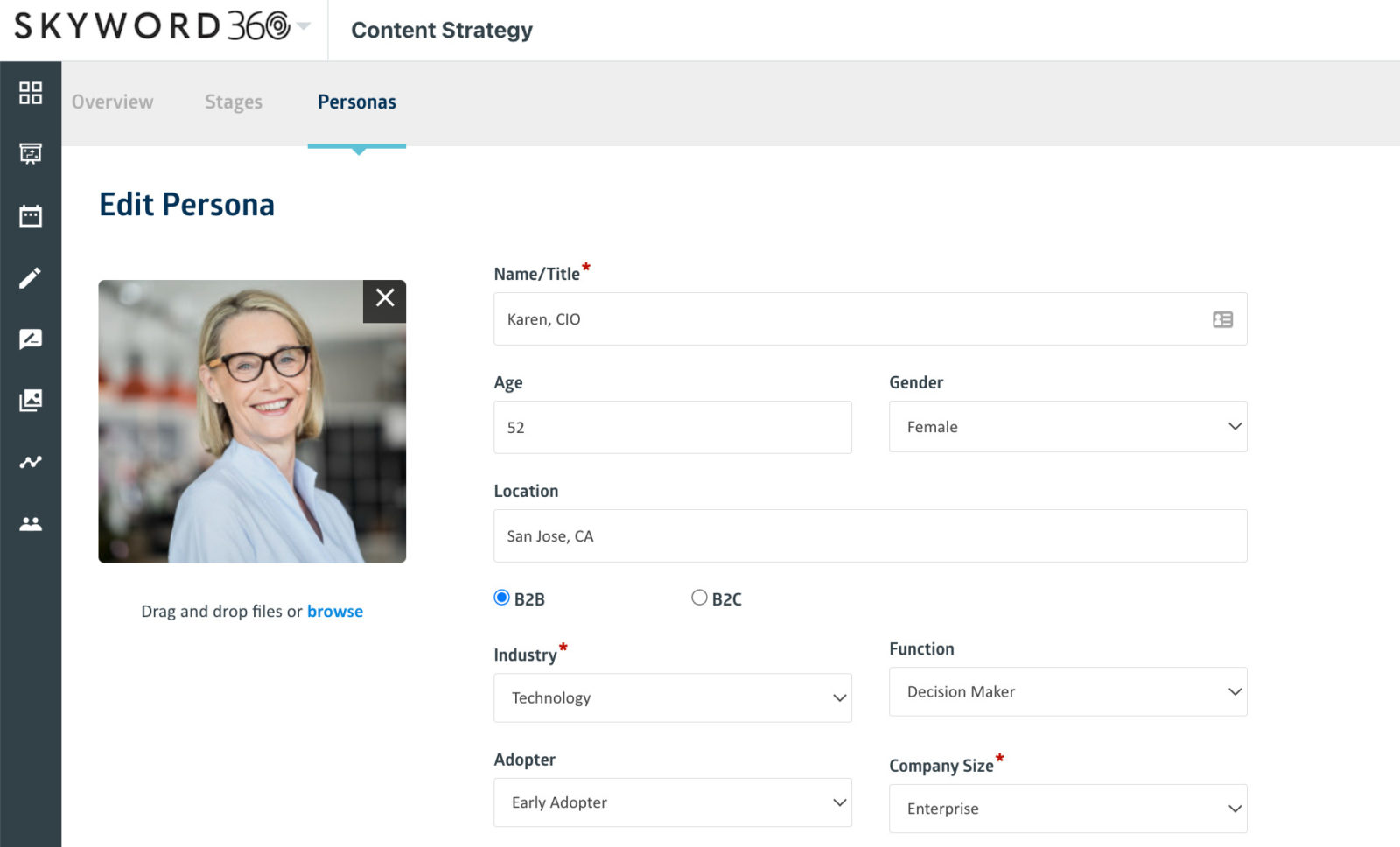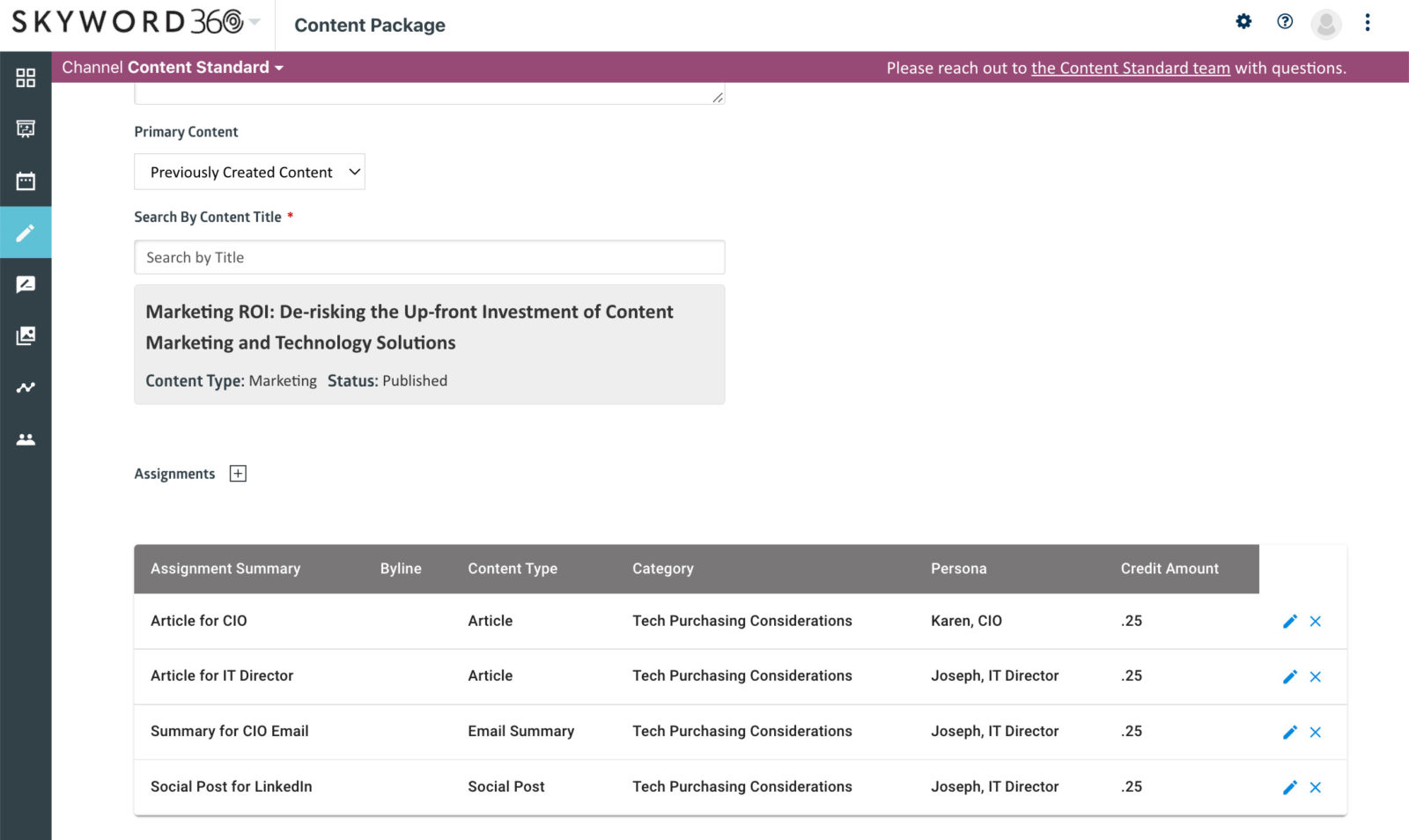Content Creation
Generative AI: The Art of Strategic Prompt Creation
By Jodi Cachey on July 26, 2023
As the popularity of generative AI tools such as ChatGPT has grown, inboxes and social feeds across the globe have seen an influx of 'cheat sheets' for writing effective prompts.
It makes sense—prompt writing is hard. Deciding where to start can be overwhelming for even the most seasoned content marketer. But while following templated AI prompts like 'acting as <role>, create an <task> in <format>' may help you produce large volumes of content in a short amount of time, it won't magically elevate the quality of your content.
As with anything else, garbage in equals garbage out. To be successful, your prompts—even when leveraging templates as a starting point—must be well-thought-out. Consider who you're writing for, what question you're answering, what action you want your reader to perform next, and what format your content will take.
Download the Prompt Creation Executive Snapshot
What does a good prompt look like?
Imagine I'm a brand marketer for an enterprise consumer packaged goods company. I'm creating content to promote a new gluten-free product line of snacks. And the target demographic for an upcoming campaign is women aged 18-34.
I'm hopeful the use of generative AI will help me quickly scale content creation, so I enter the following prompt:
Create paid ad copy for a new line of crackers.
ChatGPT generates:

Pretty generic. That's because ChatGPT can only draw knowledge from what it has been trained on a topic and the information you feed it. Let's see what happens when I get more specific:
Create paid ad copy for a new line of gluten-free crackers.
ChatGPT generates:

This output is way too long for paid ad copy. And while it mentions the crackers are gluten-free, the description isn't very compelling—aren't all crackers crunchy? How can I competitively differentiate our crackers from those already in the market?
While our brand uses common ingredients like organic cinnamon and hemp protein, we're also one of the only companies to incorporate high-protein and high-fiber watermelon seed flour.
Let's try it again, getting even more specific:
Create 125 characters or less of text to promote new gluten-free crackers made with watermelon seed flour, hemp protein, and cinnamon.

Better, but there is still more we can do to improve this. What do I know about my target demographic? Can I use that information to iterate? Let's try:
Create 125 characters or less of text to promote new gluten-free crackers made with high-protein watermelon seed flour, hemp protein, and cinnamon to mothers of young children.

And:
Target female college students. Create 125 characters or less of text to promote new gluten-free crackers made with high-protein watermelon seed flour, hemp seeds, and cinnamon.

Once you've refined your prompt enough to produce a satisfactory result, you can tweak it to create additional formats such as a blog post, email, or social media post. For example:
Write a 100-word promotional email announcing our new gluten-free crackers made with watermelon seed flour, hemp protein, and cinnamon to mothers of small children.

This is a very basic example, but you get the point. The more strategic and specific your prompt is, the more targeted and effective the AI output will be.
The dos and don'ts of prompt-writing
Generative AI can be a powerful tool to help brands efficiently scale content creation. But without understanding some basic best practices, it could take you longer to optimize your prompt than it would have taken to write the piece yourself.
Writing prompts for generative AI is difficult because you need to balance being concise and specific enough to guide AI to generate your desired result but not so specific that you limit the model's creativity.
To help, I've compiled a list of dos and don'ts for strategic prompt writing:
|
Don't |
Do |
|
Mindlessly follow prompt writing cheat sheets without optimizing prompts for your desired format, target audience, buyer intent, etc. |
Leverage the knowledge other prompt writers have gained through trial and error by using their ideas to inform and refine your own prompts. |
|
Be vague. Prompts should be written in full sentences using descriptors and active verbs. Avoid yes/no questions. |
Be specific. Add context. Explain what you're trying to achieve, who your target audience is, what channel you're writing for, and include any relevant keywords. Provide examples where possible.
It may seem counterintuitive, but you should know what you want to say and include that information in your prompt. |
|
Use jargon or technical terms. Language models don't understand jargon, slang, or complex language. |
Be conversational. AI is trained in natural language. Write like you're talking to a friend or colleague—not a computer. |
|
Lead the witness. Avoid using biased or leading language in your prompts. |
Stay neutral. Use objective language in your prompts to avoid misinformation or bias in your output. |
|
Accept the first output. Generative AI is a new technology that's still developing. It may take a few tries for you to generate an accurate and relevant response. |
Iterate. If you don't like the initial result, identify what you don't like about it and tell AI.
Ask follow-up questions. Refine your prompt to help the AI understand what you want to communicate. Use answers from one prompt to generate the next. |
Overcoming the challenges of Generative AI
Even Sam Altman, the co-founder and CEO of OpenAI, acknowledges how difficult it is to create a good prompt:

Prompt-writing is an art and a science, but once you've mastered it, the possibilities are endless for scaling content creation.
While some companies have begun hiring pricey prompt engineers to overcome the complexities of writing ChatGPT prompts, many without a budget to throw at the problem are wondering how they'll stay competitive.
To help our clients overcome the challenges associated with prompt writing and generative AI at large (see risks here), Skyword has released ATOMM™, an AI-powered content marketing engine, offering the only way to securely and effortlessly scale content creation without writing any prompts at all.
ATOMM™ leverages the latest Large Language Models (LLMs) to strategically adapt one high-quality piece of content into multiple versions for different channels and personas.
Here's how it works, step by step:
-
-
- Select your personas - Store details about the personas your brand targets in Skyword360 and ATOMM™ will automatically adjust context and writing style based on each persona's unique descriptors.

- Create a content package - Identify the original content asset you want adapted, the persona(s) you're creating for, and the content types you want generated.

- Generate new content - ATOMM™ automatically analyzes your source content and generates the new assets, ready for human review, in seconds — not days or weeks.
- Select your personas - Store details about the personas your brand targets in Skyword360 and ATOMM™ will automatically adjust context and writing style based on each persona's unique descriptors.
-
-
Without the stress of prompt writing, marketers can focus on what they do best — developing high-value, human-generated content that our AI model can adapt to meet the needs of other channels and personas. In our experience, this is the best way to marry the power of authentic human creativity and the scale of efficiency offered by generative AI.
Subscribe to our newsletter for more content about generative AI delivered straight to your inbox or book a meeting with our team to learn how you can start leveraging ATOMM™ to produce high-value content at scale—and leave prompt writing behind—today.
Featured image by: Arnav Pratap Singh


